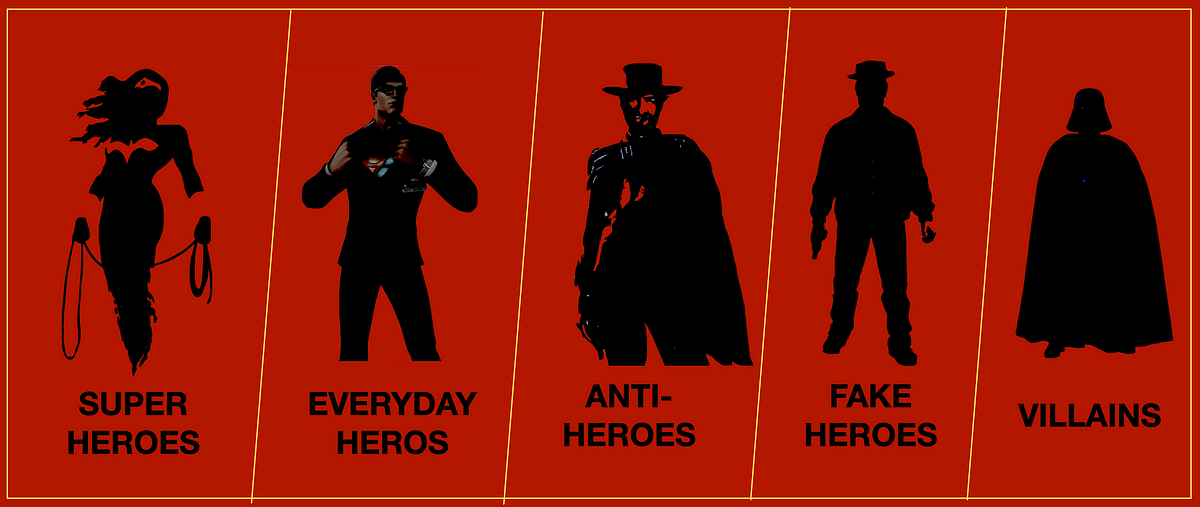The Role of Archetypes in Character Development
Introduction
Character archetypes are recurring patterns or types of characters that are commonly found in literature, mythology, and storytelling. These archetypes serve as fundamental building blocks for creating characters with recognizable traits and roles. Here are some common character archetypes:
Hero/Heroine: The central character who embarks on a quest or journey and typically embodies virtues such as courage, morality, and a sense of justice. Mentor: A wise and experienced guide or teacher who aids and advises the protagonist on their journey, providing wisdom and guidance. Villain: The antagonist who opposes the hero and creates conflict within the story. Villains often embody evil, power-hunger, or opposition to the hero's goals. Sidekick: A loyal companion to the hero, providing support, comic relief, or assistance in overcoming challenges. Damsel in Distress: A character, often female, who finds themselves in a perilous situation, requiring rescue or aid from the hero. Fool/Jester: A character who provides comic relief and may offer insight or wisdom in a lighthearted manner. Trickster: A character who plays tricks or pranks, disrupting the normal order of things. The trickster often challenges authority and conventional norms. Antihero: A protagonist who lacks traditional heroic qualities, often engaging in morally ambiguous actions, but still captures the audience's empathy or interest. Threshold Guardian: A character or obstacle that the hero must overcome at the beginning of their journey, serving as a test or challenge. Shapeshifter: A character who can change their appearance or allegiances, creating uncertainty and adding complexity to the story. The Herald: A character who brings news or a call to adventure, setting the hero on their journey. The Shadow: An embodiment of the darker or repressed aspects of the hero, often representing the inner struggles or conflicts.
These archetypes are not mutually exclusive, and characters can embody traits from multiple archetypes, contributing to their complexity and depth. Additionally, storytellers may subvert or play with these archetypes to create more nuanced and original characters.
Villains and antiheroes are character archetypes, and while both can be central to a story, they have distinct characteristics and serve different narrative purposes.
- Villain:
- A villain is typically an antagonist, acting in opposition to the protagonist or hero.
- Villains are often portrayed as evil, malicious, or antagonistic, with clear malevolent intentions.
- Their actions are usually driven by a desire for power, revenge, or achieving some nefarious goal.
- Villains may lack redeeming qualities or sympathetic traits, and their primary purpose is to create conflict and obstacles for the hero.
- Antihero:
- An antihero is a protagonist who lacks traditional heroic qualities.
- Antiheroes may engage in morally ambiguous or questionable actions, and their motives may not align with conventional notions of heroism.
- While antiheroes may not be morally upright, they often have characteristics that make them relatable or sympathetic to the audience.
- Antiheroes may possess qualities such as cynicism, self-interest, or a willingness to break societal norms or rules.
In summary, the key distinction between villains and antiheroes lies in their roles within a narrative and their moral alignment:
- Villains are typically antagonists with malevolent intentions, opposing the hero.
- Antiheroes are protagonists who may not conform to traditional heroic ideals, engaging in morally ambiguous actions, but still capturing the audience's empathy or interest.
It's important to note that characters can sometimes exhibit traits of both archetypes, and storytelling often involves exploring the complexities of human nature through characters that don't fit neatly into traditional categories.















































